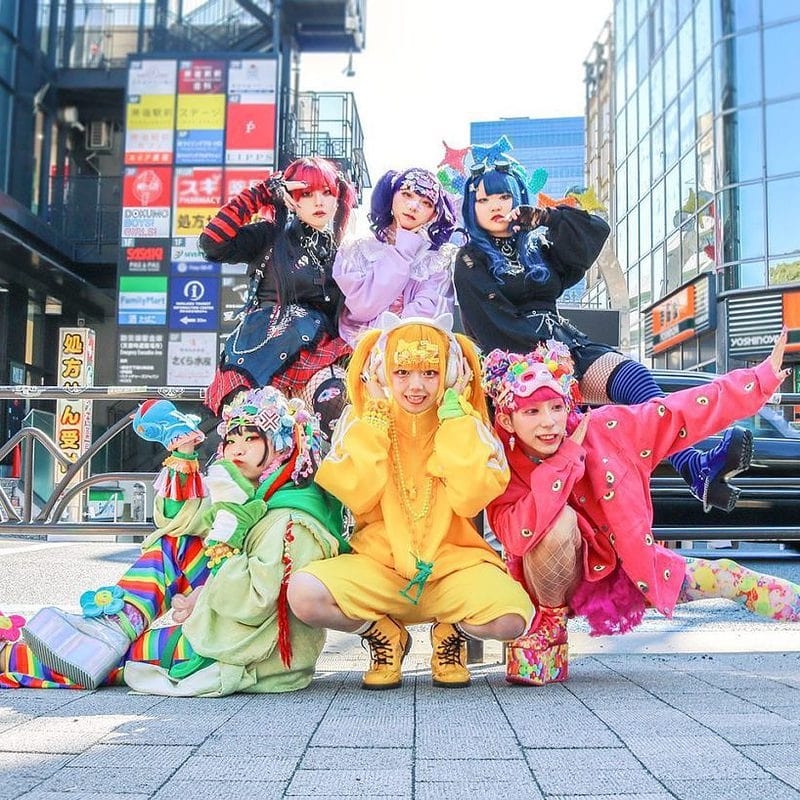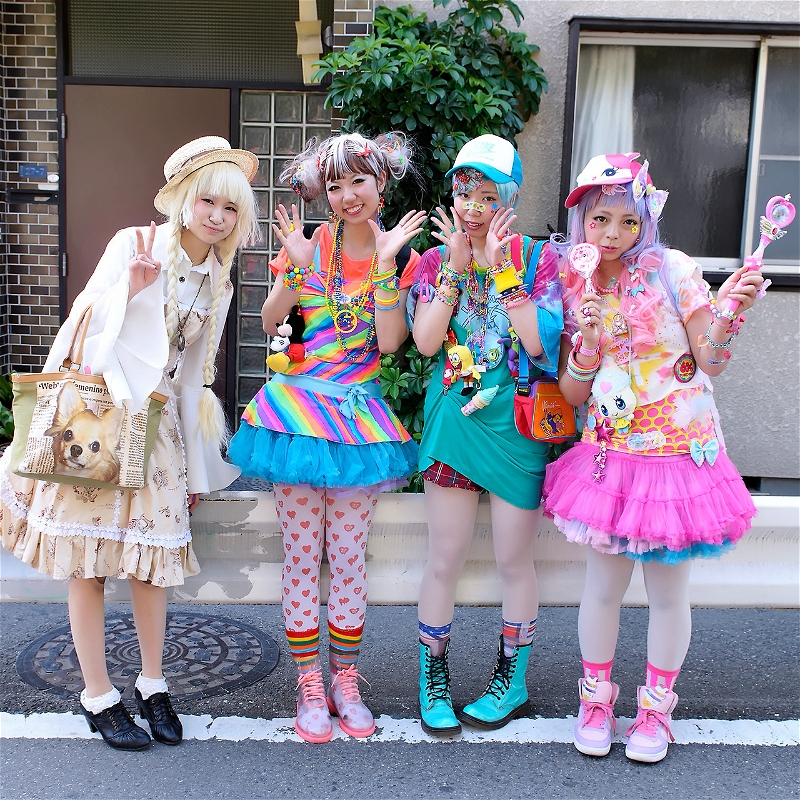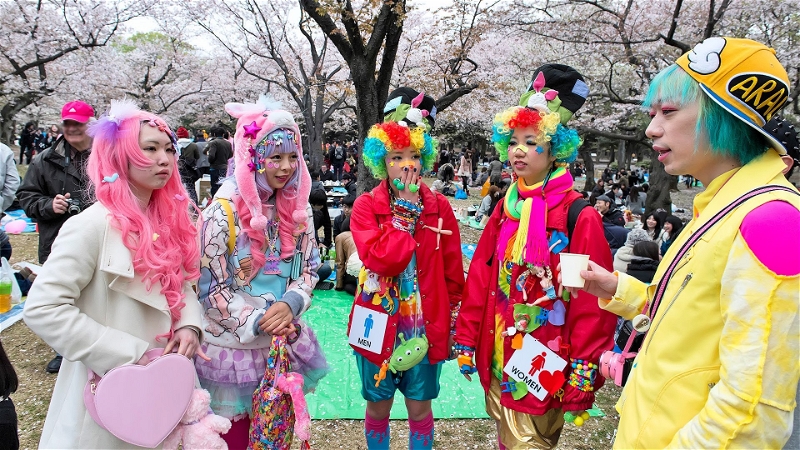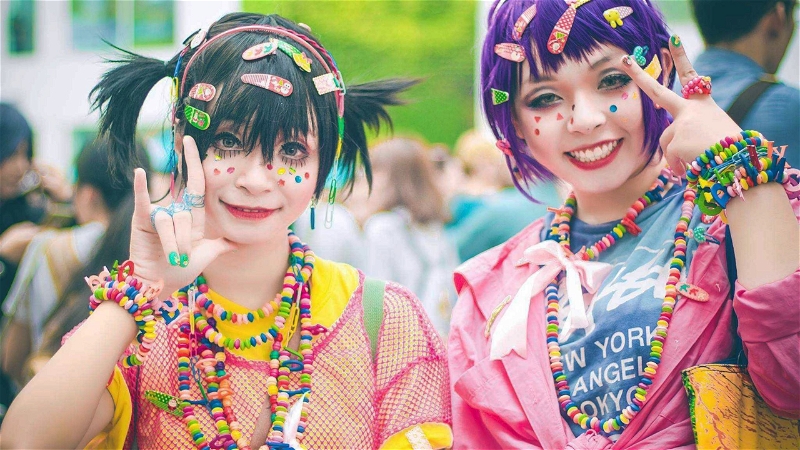What Is Harajuku Style?
Harajuku style is a style of fashion and retailing. It is a combination of the aesthetics, culture, and history of Japan.
People in Japanese teens are always looking for something new and different to wear. That’s why they have always been fascinated by fashion. They are always on the lookout to find new styles, trends, visual kei, or fashions that would become their favorite pieces of clothing.
Harajuku Fashion is made up of different parts:
- The Harajuku district, which is located in Shinjuku Ward (Shinjuku) in Tokyo has the following characteristics: Shinjuku is a busy commercial district; it has many independent shops selling merchandise; there are also many department stores and shopping malls; restaurants and cafes abound; there are also many shopping centers located in this area; and the area has lots of nightlife opportunities such as clubs, bars, karaoke bars, music venues, etc.
- The Bank Street area (of Ginza) has many independent shops selling merchandise; there are also many department stores and shopping malls; restaurants and cafes abound; there are also many shopping centers located in this area; there are also lots of nightlife opportunities such as clubs, bars, karaoke bars, music venues, etc.
- The Kita-Kawachi area (of Ebisu) has many independent shops selling merchandise; there are also many department stores and shopping malls; restaurants and cafes abound; there are also many shopping centers located in this area; there are also lots of nightlife opportunities such as clubs, bars, etc.
- The southern part of Minato-Kanda (of Roppongi Hills) has several independent shops selling merchandise until recently but now they have largely traded with chain stores like Saks Fifth Avenue or Nordstrom Rack rather than trading with other independent shops because they didn’t want to compete with their small stores while serving customers at higher prices than chain stores. There aren’t any other areas or districts that have similar characteristics yet.
As time goes by, however, even if you don’t go to Harajuku to buy clothes from your favorite local brands then you can still enjoy them through Harajuku-style events or your favorite clothing store for sale on the internet that you found out about through the Kawaiifashionshop.com website.
Harajuku Style
Harajuku is a culture of fashion and style that originated from the district of Harajuku in Tokyo. The word Harajuku comes from the Japanese word for ‘doll’ and has been in use since about 3,500 years ago. The name “Harajuku” means “doll’s house”, due to the large number of dolls that can be found in the area.
As a child, I lived in Toyko and was surrounded by dolls, but I always seemed to miss out on the other aspects of being a child-like playing video game, making friends, and having fun.
If you think you know what Harajuku style is, you might be mistaken. It’s probably not even true! It might look like something we would see in New York or London or Paris but it isn’t so much about fashion as it is about local culture. Harajuku is not just for Japanese people — it is for anyone who likes to express themselves through their clothes (and sometimes their hair!).
So what are the main Harajuku fashion styles? There are so many that it wouldn’t be possible to list them all in one article, and there is plenty of overlap between subgroups. However, some of the more well-known styles include:
Kawaii Fashion
Kawaii is a Japanese word that means “cute.” While the term is used to describe all things cute, in the world of fashion, kawaii typically refers to a baby-doll look with lots of frills, bows, and pastels. Kawaii style can be girly and sweet or sexy and edgy, depending on what look the wearer is going for.
Gothic Fashion
Gothic is characterized by dark colors, ornate details, and a feeling of gloom. The style is often associated with vampires, ghosts, and other spooky creatures. While the look may be sinister, it’s also quite striking. Many fashion designers have been inspired by Gothic styles, creating their unique interpretations.
Lolita Fashion
Lolita is a type of clothing characterized by its girlish features and modest designs. It is often associated with the Harajuku district of Tokyo, where it originated. Lolita fashion typically includes a lot of lace, ruffles, and bows. While the look can be quite ornate, it is also typically quite comfortable to wear.
History of Harajuku
Harajuku is a place for the young, trendy and privileged. It’s a place for teenagers to experiment with style and fashion. The reason why it’s become so popular is that it’s pretty much free and there is no preconceived notion about what makes a good/bad style of clothing.
Harajuku districts are also home to an array of fashion retailers, shops, and boutiques aimed at the youth market. As such there are plenty of stockists offering clothing from many different designers including high-end labels such as Calvin Klein, Moschino, Giorgio Armani, and Alexander McQueen. There are also designer boutiques such as Koyo, which specialize in clothes designed by Japanese designers.
The Subculture of Harajuku Style
Harajuku is a subculture and is associated with fashion, fashion trends, Kei fashion, and influences on design. Harajuku is a subculture and has been called the “world’s most fashionable shopping district.” It encompasses a diverse set of styles that draw from Japan’s rich history of fashion and design. The term Harajuku was coined in the early 1970s by Takeshi Takamori whose streetwear was influenced by the style of Harajuku.
In the late 1980s, Tokyo resident Shizue Okamoto began wearing an outfit that she called “Harajuku style” which had become popular among Japanese youth as part of her street fashion movement in Tokyo. The word “Harajuku” ( 合浦 ) was first used in Japan early in the 20th century to refer to a neighborhood in central Tokyo consisting of shops selling clothing for women. In the 19th century, it referred to the traditional clothing worn by women among the daimyo of Japan’s Tokugawa shogunate. Because no one knew what it meant, it evolved into a general term for any distinctive style worn by Japanese women.
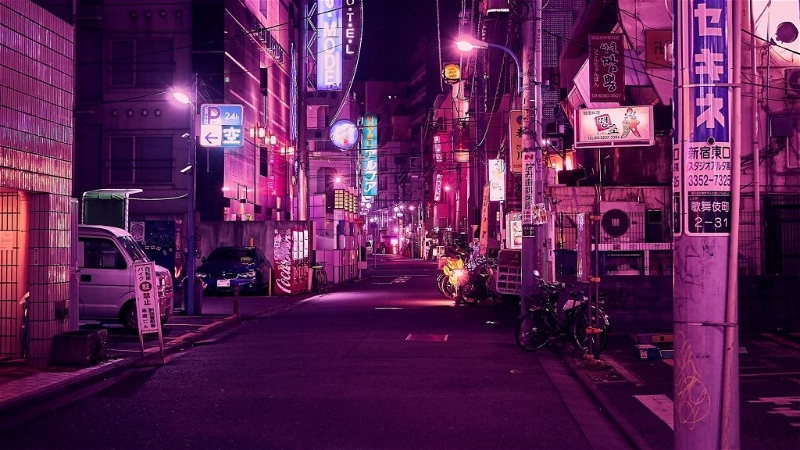
The “Harajuku” style became distinct from other styles around 1990 when Takamori began wearing what he deemed as “Harajuku-style” which he later changed to “Harajuku-style”
It is considered especially important to cover one’s skin with white powder or paint when going out in public because this creates an attractive contrast against their skin tone (which can range from lighter to darker). This symbolizes purity and innocence and also represents honesty: they are honest about their intention not only with regards to their appearance but also with regards to their actions (even if they may not be able to be overtly honest about their intentions).
The black coloration of many traditional Japanese garments has been preserved through centuries of tradition and has become part of Japanese culture: it remains an important element as part of traditional Japanese clothing styles today. These patterns are sometimes referred to as kimonos. At times, these patterns have evolved into modern models: for example, at present-day Rihgaon become popular where men wear simple western suits rather than kimono, or men who wear traditional kimono but without elaborate patterning will still often wear jidōshi. For example, some men still wear kimonos without elaborate patterning but only.
Conclusion
If you’ve been to Japan, or have visited, then you’ll have seen the Harajuku district, located in the western part of Tokyo. If you have never been there, you may not be aware of it. But Harajuku is a fashion district that has its roots in the traditional Japanese fashion culture (T-shirts, flip flops, and High School uniforms). Fashion is believed to have originated in late Victorian England and the style of clothing (such as fashions) has evolved through time.
The Harajuku fashion style can be today easily seen all over Tokyo – if not everywhere in Japan. It is a mix of western elements and traditional Japanese aesthetics. These elements are incorporated into modern clothes such as T-shirts, pants, and bags. Since this style was born in Japan it has become popular all over the world. You might not know what ‘Harajuku’ means but you will know it when you see it!

